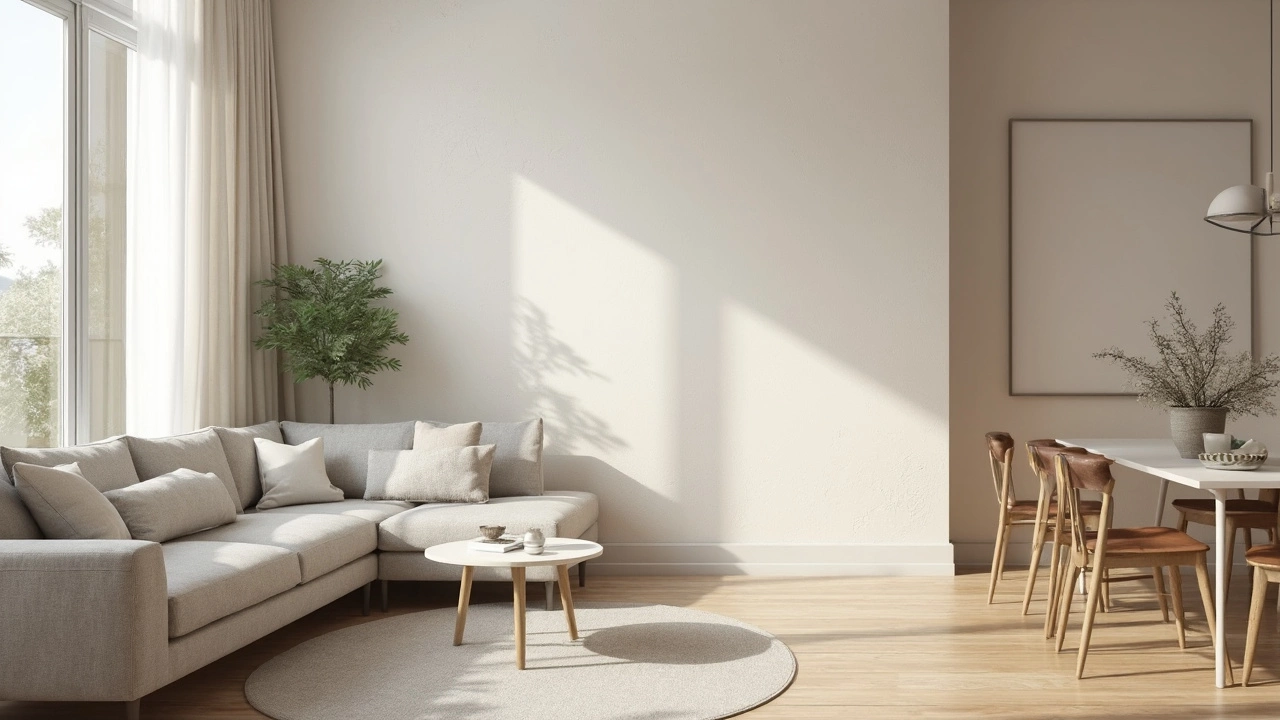Painting Fees: What You Need to Know
Thinking about freshening up a room or the whole house? One of the first questions you’ll face is the price tag. Painting isn’t just about buying a can of paint – there are a lot of moving parts that affect the final bill. This guide breaks down the main cost drivers, shows you typical price ranges, and gives you simple ways to stretch your budget without cutting corners.
What Affects the Cost
First up, the size of the area matters. Bigger rooms or exterior surfaces need more paint and more labor, so the price climbs. A single bedroom usually runs between £150 and £300, while a full‑house interior can be £1,000 to £3,000 depending on square footage.
Next, the type of paint you choose makes a difference. Basic emulsion is cheap, but premium low‑VOC or textured paints cost more per litre. If you’re after a specific finish – satin, matte, or glossy – expect the price to shift up.
Preparation work is another hidden cost. Walls with cracks, old wallpaper, or heavy stains need extra sanding, filling, or priming. Professionals charge for this prep time, often adding £2‑£5 per square metre. Skipping it can save money now but might lead to a shabby look later.
Labor rates vary by region and the experience of the painter. A qualified, insured painter in London may charge £20‑£30 per hour, while in smaller towns the rate could be £15‑£20. Some painters quote a flat fee, others go by the hour – always ask what’s included.
How to Keep Paint Work Affordable
One easy trick is to do some of the prep yourself. Fill small cracks, clean surfaces, and move furniture out of the way. This cuts down the labor time and can shave £50‑£150 off the total.
Buy paint in bulk or look for sales. Many retailers offer a 10‑20% discount on larger tins. If you’re painting multiple rooms, the same colour can be bought once and stretched further, saving both money and time.Ask for a detailed quote that breaks down paint, labor, and prep. Compare a few local painters and check reviews. The cheapest option isn’t always the best – a solid reputation often means fewer touch‑ups later.
Consider doing a single‑coat paint if the surface is already light coloured. Some high‑quality paints cover well enough in one coat, which halves the material cost.
Finally, schedule your paint job during off‑peak seasons. Winter or early spring can mean lower labor rates because painters have fewer bookings. Just make sure the temperature is suitable for paint drying.
Bottom line: painting fees are a mix of size, paint choice, prep, and labor. By handling simple prep, buying smart, and timing your project right, you can keep the cost manageable while still getting a fresh, professional look.

Can a Landlord Charge for Painting After You Move Out in California?
In California, when you move out, you might wonder if your landlord can charge you for painting. This article explains the rules and conditions under which a landlord can impose such charges. Understand the difference between normal wear and tear and damage that might require you to cover painting costs. Get tips on how to handle any disputes and know your rights as a tenant.
Read More